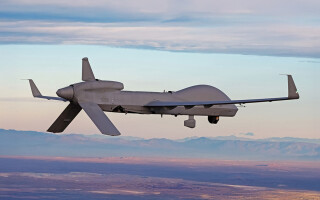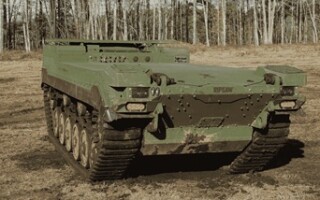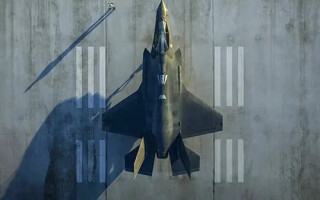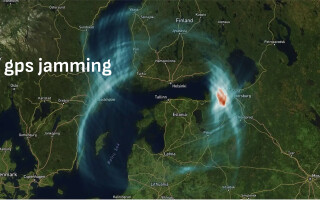GUEST BLOG: Safety in numbers – Standards-compliant multisensor detect-and-avoid
BlogJune 11, 2025

We’ve listened to many customers describe the type of detect-and-avoid (DAA) needs they have for their concept of operations (ConOps), usually pausing to ask about their existing knowledge of DAA and generally hearing responses that are informed by “industry knowledge.” While most of the community working in the uncrewed aircraft systems (UAS) industry is well-informed, there are recurring themes that would benefit from the subtle distinction about what is – and importantly – what is not, DAA.
The early days of basic sensors alerting a remote pilot that “something is in the air somewhere” are behind us, along with the idea that landing your UAS is a scalable conflict-mitigation response.
Frequently, references such as “see-and-avoid,” “sense-and-avoid,” or “detect-and-alert” are erroneously used interchangeably with “detect-and-avoid,” adding unnecessary ambiguity around what functions are specific only to actual DAA systems. There are several key attributes that help to distinguish between systems that are detect-and-avoid and those that are something else.
- DAA systems are standards-compliant, and typically reference both ASTM and RTCA (standards bodies) as the baseline for their performance. Systems that do not use a reference for their performance are not easy to classify and would not be considered DAA. This may not seem problematic, but when consideration for a system of systems is necessary, as is the case for the UAS industry, there must be a common set of performance standards that all hardware and software map back to for interoperability and safety.
- DAA systems are designed for progressive human out-of-the-loop, or fully automatic, deconfliction maneuvers. Systems that always require human participation to execute deconfliction maneuvers might be acceptable for R&D or training, but these cannot be scaled or automated and therefore are not practical for routine operations. The degree of automated systems in use today and certified by the Federal Aviation Administration (FAA) for crewed aircraft is proof enough that automation matters and is more reliable than human performance at scale.
- DAA systems use disparate multisensor (a combination of different sensors such as ADS-B, radar, telemetry, EO/IR, and/or acoustic) correlation and fusion to create an advanced picture of the airspace with enhanced situational awareness, and are therefore not limited by common environmental conditions such as nighttime, clouds, rain/snow, wind, topography, and so forth. Systems using more than one sensor but not correlating the data add workload to the remote pilot and are usually limited to operations with specific maximum distances in visual flight rules (VFR) conditions. Consider what conditions are like during most natural disasters, and when advanced UAS operations will be needed most for search-and-rescue, damage assessment, and threat mitigation.
DAA systems must be able to distinguish ownship from intruder aircraft and use sensors that provide intruder track data with altitude, heading, and speed which enables trajectory prediction. DAA systems leverage automation and a variety of sensors with different modalities for surveilling airspace, which accommodates for various types and sizes of aircraft at different altitudes that may (cooperative) or may not (noncooperative) have functioning ADS-B Out transponders. Statistical correlation models are used by multisensor DAA systems to ingest sensor data and deduplicate identical targets while providing deconfliction instructions automatically to an autopilot or to a remote pilot.
Landing as a method of deconfliction is inefficient (and may not be practical for resuming the mission) and assumes that a safe landing area is immediately available. Standards-compliant safety systems, like Vigilant’s FlightHorizon, use DAA maneuvers designed to have minimal impact to a UAS’s flight path and maintain only the amount of separation necessary to continue safe operations, also allowing other aircraft to complete their missions with limited interruption.
The goal of safety systems is to measurably reduce risk to the point that it is insignificant, edge cases are generally considered rare exceptions, and the impact to operations is minimized. FlightHorizon enables enhanced situational awareness for remote pilots, provides flexibility for connecting to ownship, and is sensor-agnostic for leveraging both existing infrastructure and the sensors of the future.
While current FAA regulations do not provide for operations beyond-visual-line-of-sight (BVLOS) using a “human-on-the-loop” or “human-out-of-the-loop” model, a standards-compliant system with these core capabilities integrated and ready for use when allowed by waiver or rule remain the gold standard for true DAA.
Vigilant Aerospace · https://vigilantaerospace.com/





